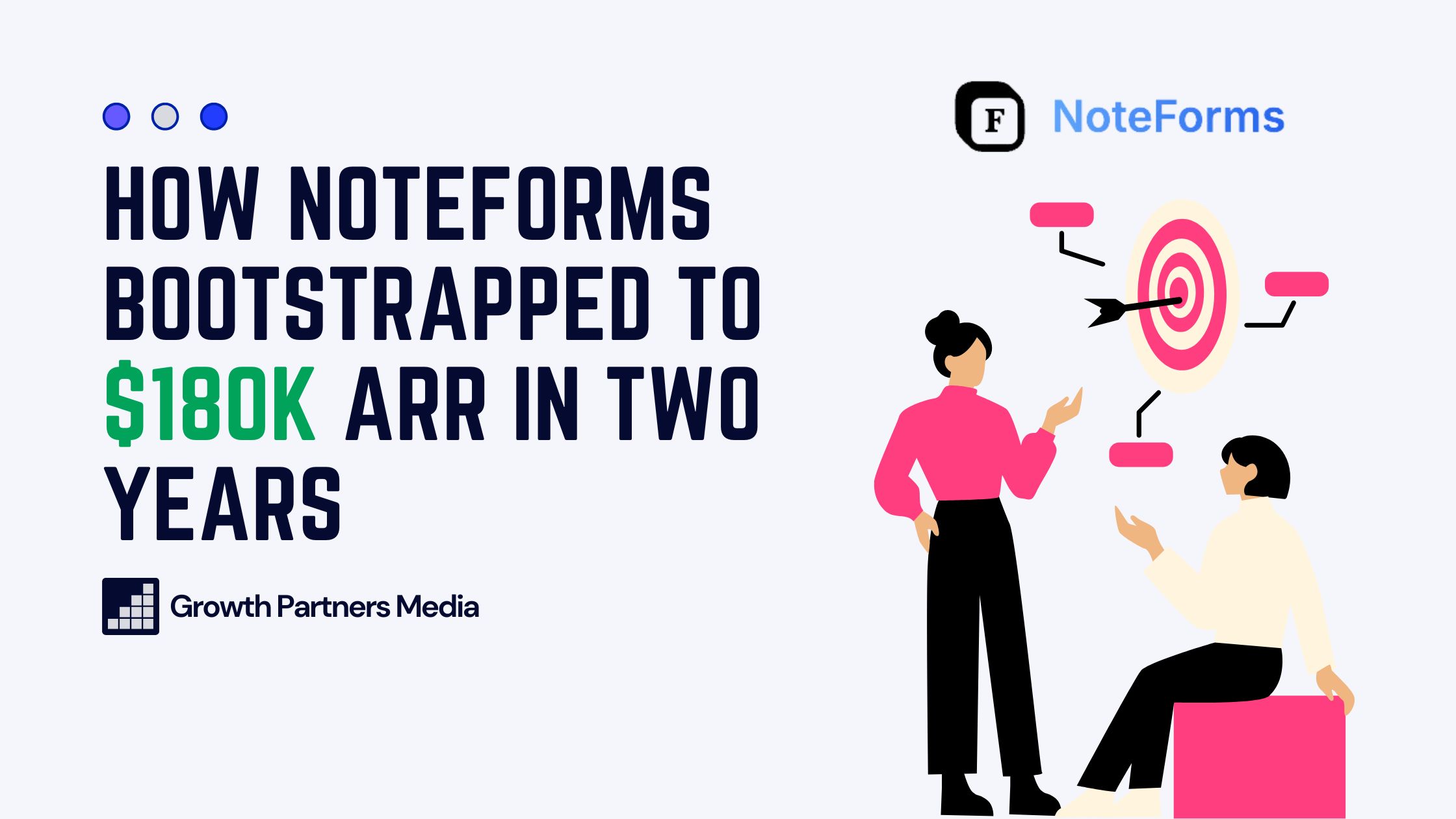How did a solo founder turn a simple Notion integration into a $180K ARR business?
Julien Nahum, the founder of NoteForms, built a powerful form builder for Notion users that’s now being used by tech giants and over 26,000 users worldwide. Starting with just a $20/month server cost and no budget, Julien scaled his SaaS to 850 paid subscribers and $14.7K MRR—all while working solo.
Here’s how he did it.
The Problem They Solved
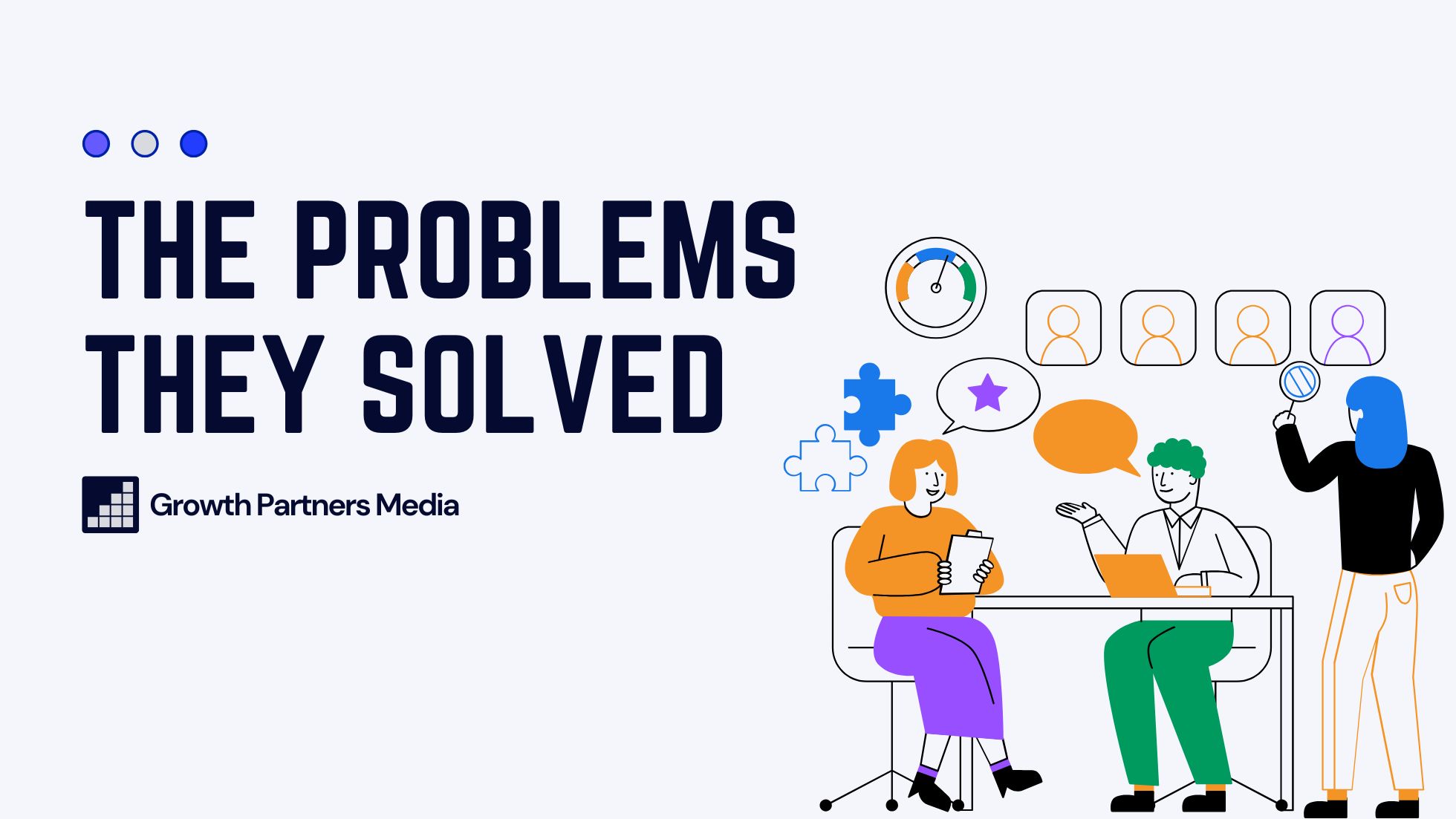
Notion is one of the most popular productivity tools globally, but its default feature set lacked one thing:
A form builder that integrates seamlessly with its database system.
Julien saw this gap in the market back in 2021. He had previously used Airtable and admired its form-to-database functionality. When Notion released its API, Julien recognized an opportunity to replicate and improve that feature for Notion’s growing community.
The pain points NoteForms solved:
- Simplified form creation directly linked to Notion databases.
- Advanced integration features tailored to Notion users.
- Affordable pricing compared to legacy form-building tools.
With a clear audience and problem to address, Julien set out to validate his idea.
The Strategy

Julien’s approach to building NoteForms was a masterclass in speed, focus, and leveraging community-driven growth.
Using his existing tech stack, Julien developed the MVP in just four days. The first version of NoteForms focused solely on Notion integration, leaving out advanced features like multi-page forms or heavy customization. This allowed him to quickly test demand and gather feedback without wasting time on unnecessary complexity.
Julien shared NoteForms’ progress on Twitter, documenting his journey and gathering feedback. This transparency built curiosity within the Notion community and helped him refine the product in real-time.
Free Users, Viral Loops and Monetising
For the first three months, NoteForms was free. This allowed Julien to attract a user base while collecting valuable insights. He also implemented a growth engine by embedding a “Powered by NoteForms” tagline on every free form, which:
- Drove traffic from shared forms.
- Boosted SEO with backlinks.
- Accounted for 55% of customer acquisitions.
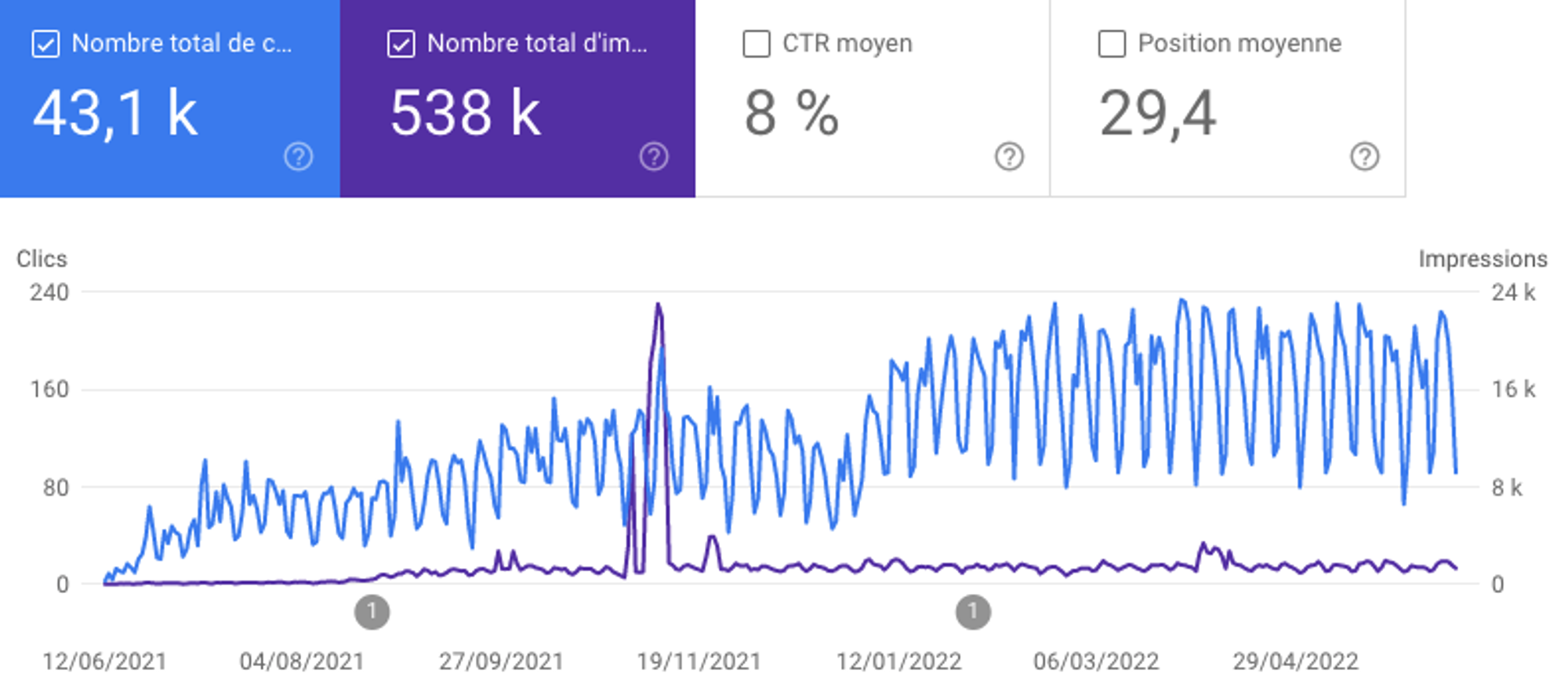
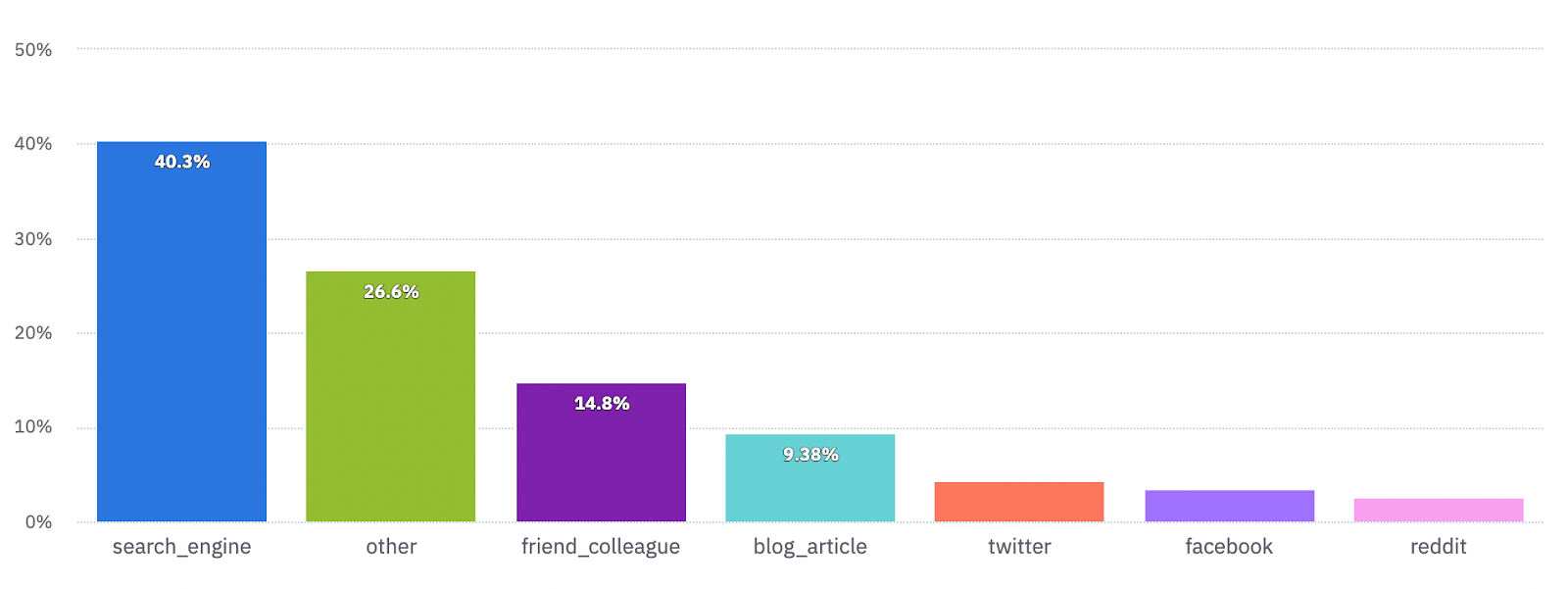
When Julien transitioned to a paid plan, he kept it simple: $15/month—half the price of competitors. He offered early adopters a 40% lifetime discount, which helped convert loyal free users into paying customers.
Metrics & Milestones
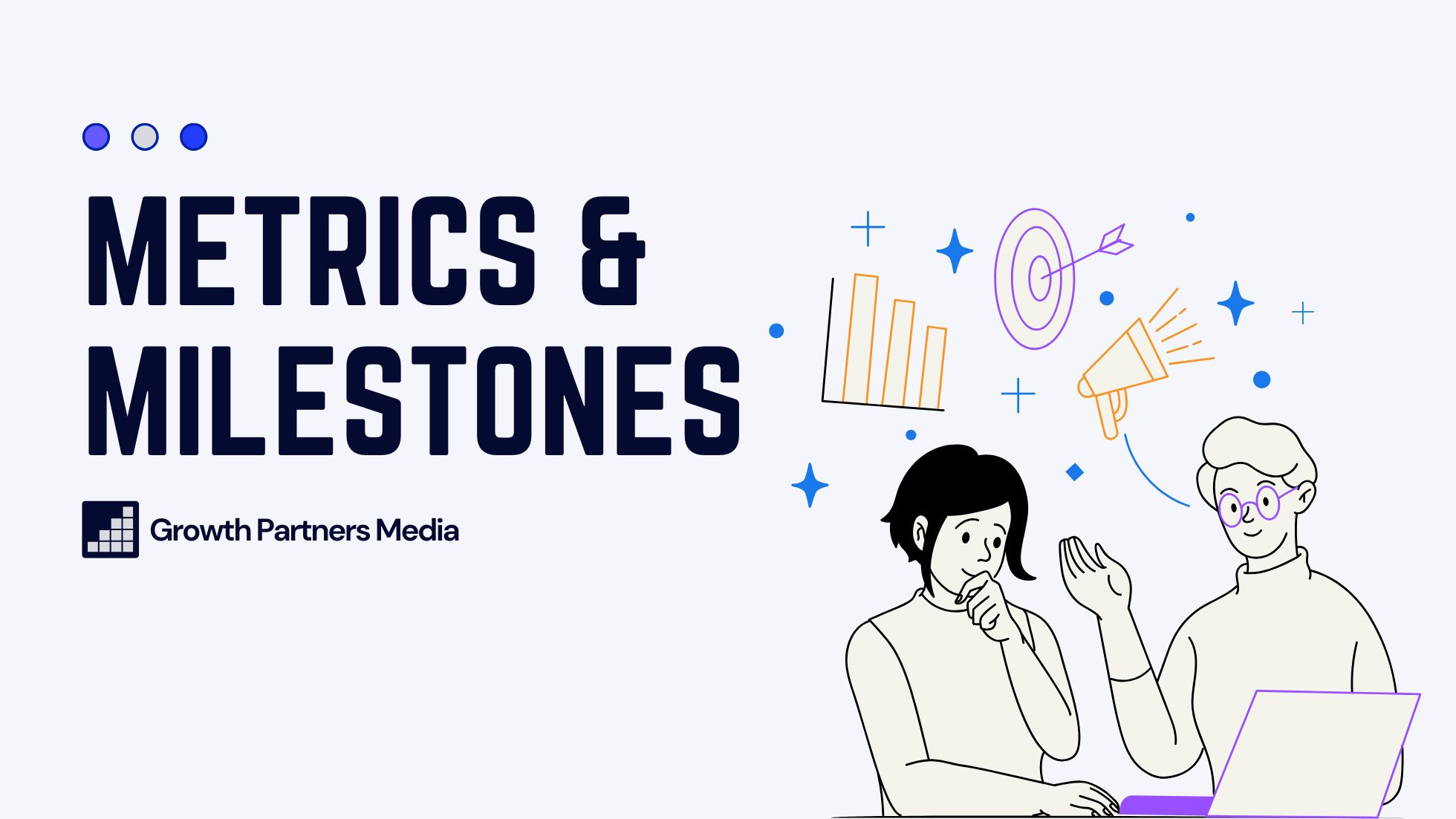
Here’s a snapshot of NoteForms’ journey:
- 26,000 users and 850 paid subscribers in 2 years.
- $180K ARR and growing.
- Viral loops responsible for 55% of acquisitions.
- $14.7K MRR with only ~$7K/month in expenses (including Julien’s salary).
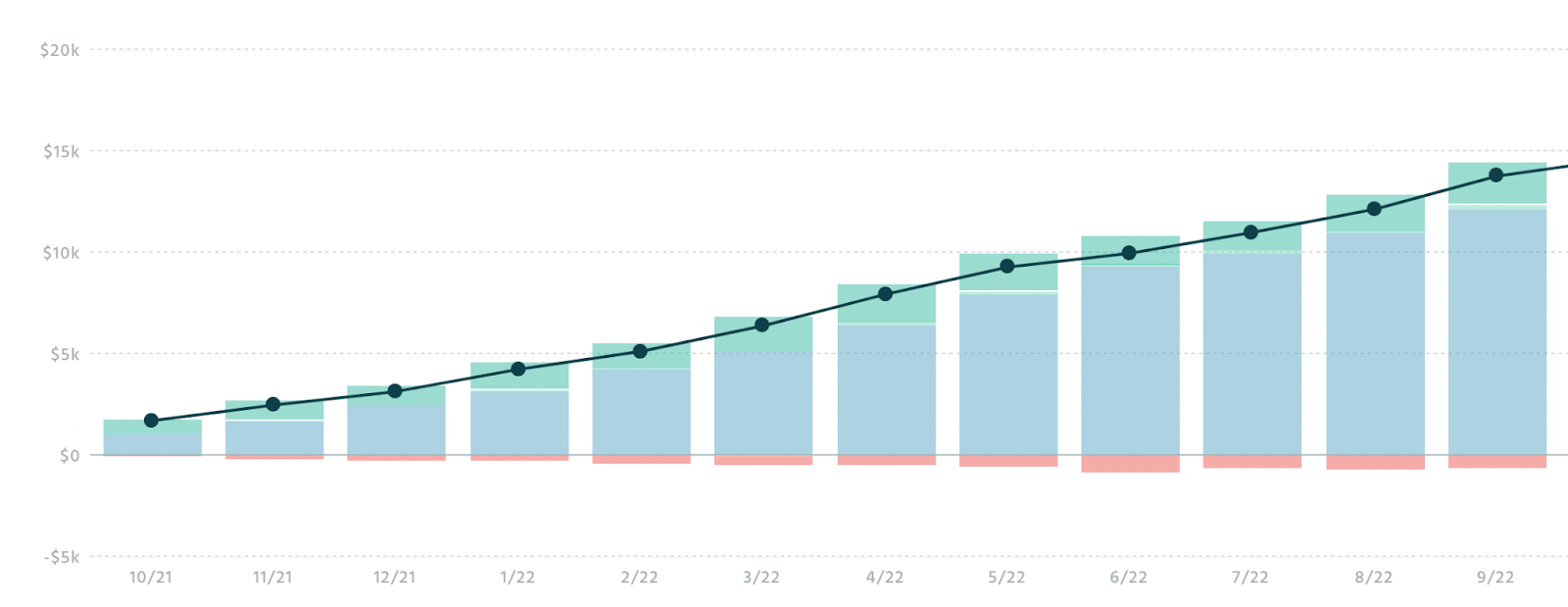
Takeaways & Practical Tips
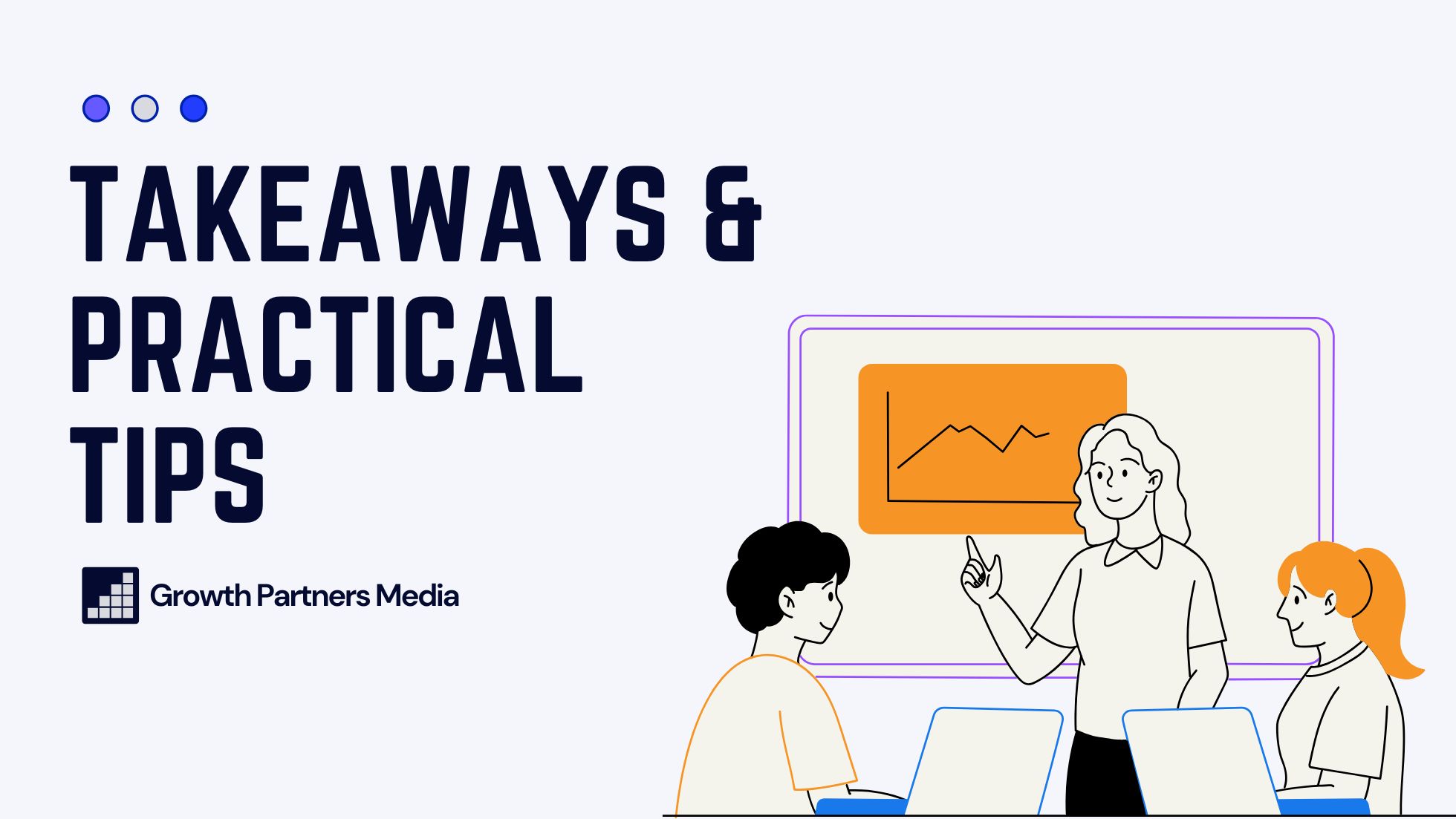
NoteForms’ success offers valuable lessons for SaaS founders:
✅ Launch fast and test early. Your MVP doesn’t have to be perfect—just functional enough to validate demand.
✅ Build in public. Sharing your journey attracts attention and fosters a supportive community.
✅ Leverage viral loops. Find ways for your product to market itself, like embedded links or social sharing features.
✅ Engage with your users. Early feedback is invaluable for creating a product people actually need.
✅ Start with simple pricing. Make it easy for users to say “yes” without overloading them with options.
Julien’s advice to entrepreneurs:
- Don’t fear mistakes—start now and refine later.
- Build connections through Twitter and public sharing.
- Be resilient: not every project will succeed, but every attempt teaches you something valuable.
Julien’s story shows what’s possible when you combine speed, community, and a focus on solving real problems.
Want more growth stories? Check out how Jenni AI went from being stuck at $2K for 3 years to reaching $333K MRR in a matter of months.
Ready to replicate his success? Start building, launch fast, and let your users guide the way.
- How to Outsource Backlink Building Without Stress [2025] - October 7, 2025
- Top 3 SEO Outreach Services That Actually Work [2025] - October 7, 2025
- 9 White-Hat Link Building Techniques For AI & Google (2025) - September 23, 2025

